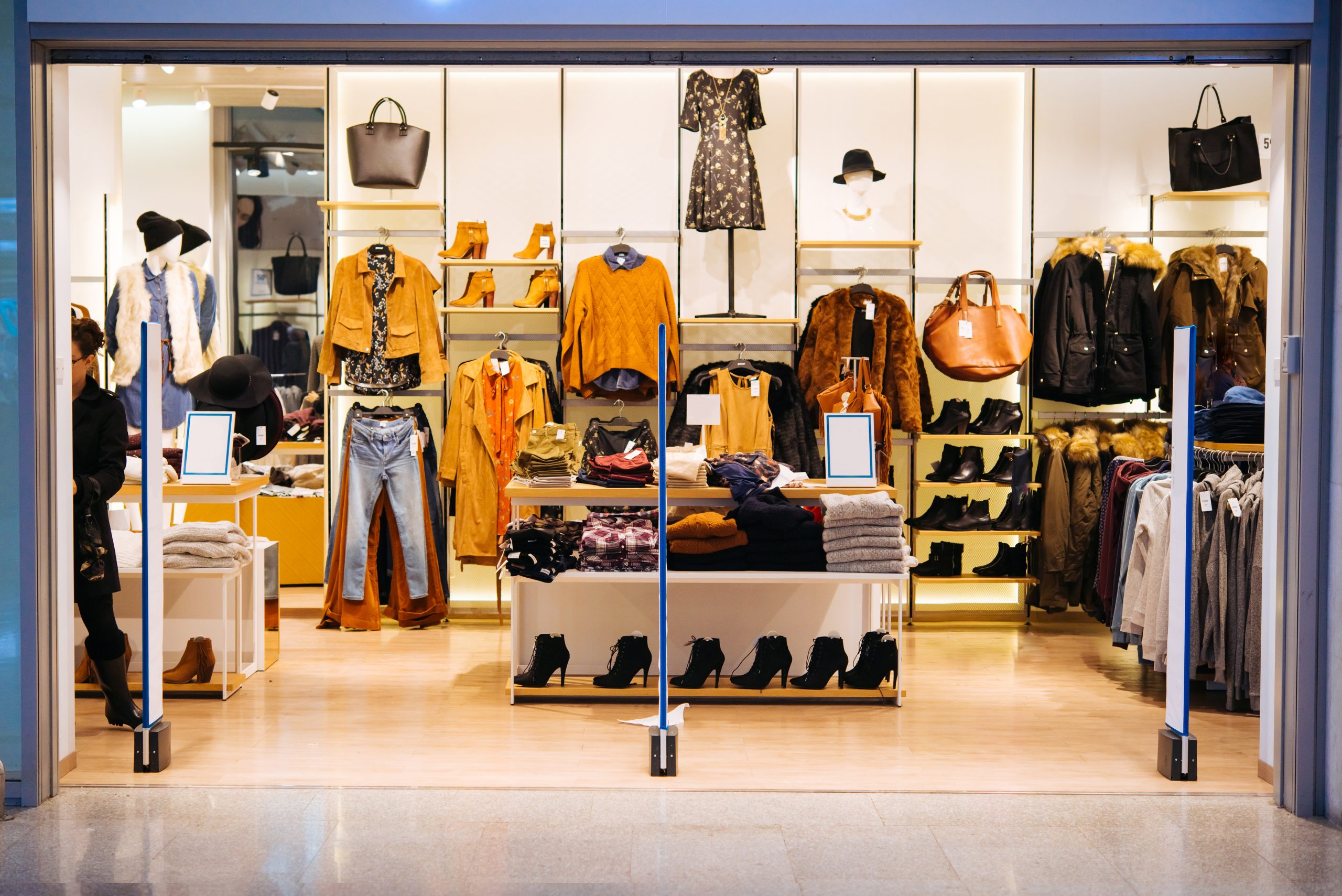As soon as businesses started going digital at the height of the pandemic, everyone’s left asking an all-too-important question: “Is the brick-and-mortar store dead?” It’s actually been an issue even before the pandemic hit in force, with one huge retail name filing for Chapter 11 bankruptcy in 2019. Despite the lockdowns and the shift to e-commerce, experts believe that retail still has something to offer to consumers. For instance, e-commerce is nowhere close to providing the ability to see and touch the actual products as retail stores do. Still, the COVID-19 pandemic is far from over and poses a risk to shoppers. As businesses slowly reopen to the new normal, their retail spaces have to account for the pandemic to provide a safer shopping experience. Regardless of the industry, the following tips in post-pandemic retail space planning should help achieve that goal:
Social distancing
The World Health Organization recommends maintaining at least 1 meter (3.28 feet) between yourself and other people to lessen the risk of getting the disease. However, other countries have imposed greater distances. In the United States, the Centers for Disease Control and Prevention (CDC) says at least 6 feet is necessary.
Calculating the total space required to implement social distancing effectively requires knowing how much space a person needs. This 2020 study managed to crunch the numbers and found that the minimum necessary space per person depends on the type of space in question, following the CDC’s distancing recommendations:
- 4 sq. meters (43 sq. feet) for static spaces
- 10 sq. meters (107 sq. feet) for spaces less than 500 sq. meters (5,381 sq. feet)
- 11 sq. meters (118 sq. feet) for spaces greater than 500 sq. meters (5,381 sq. feet)
- 12 sq. meters (129 sq. feet) for outdoor spaces
The floor area per individual doesn’t only pertain to customers but also in-house and other staff. Even with enough floor space, retail stores still need to limit the number of customers entering the premises at a given time. This idea works if a business can’t afford vast spaces or find one in their chosen location.
The good news is that the pandemic has made the typical retail space for lease more flexible in terms of physical and financial arrangements. Among these arrangements is a turnover-based setup where the tenant pays a fraction of sales revenue instead of a monthly or yearly fee. With many businesses no longer earning as much as they did pre-pandemic, this agreement helps reduce their burden.
Outdoor retail
It’s believed that people are at least 18.7 times more likely to contract COVID indoors compared to outdoors. While not enough to render quarantine measures unnecessary, weather patterns have a noticeable effect on the virus’s ability to spread. For instance, hot and windy days are known to reduce its transmissibility.
With that said, many retail stores have either extended their premises outdoors or moved outside entirely. Arguably, the hospitality industry—namely, cafés and restaurants—has been affected the most by this trend. For instance, London’s Soho strip has seen tables and chairs populate roads once dominated by pedestrians, though coping with the change hasn’t been easy.
Before thinking about going outdoors, there are legal considerations to keep in mind. It’s better to consult the terms of agreement and local authorities about extending operations beyond the leased indoor area. Some aspects of business operations, such as operating hours, may change with such a move.
Strictly e-commerce
Online shopping spiked significantly in the first several months of the pandemic, owing to most people in lockdown areas being unable to leave their homes. The growth of e-commerce’s share in global trade, from 14% in 2019 to 17% in 2020, is widely considered unprecedented. At no other point in time has e-commerce posted such growth.
But contrary to popular belief, e-commerce doesn’t necessarily mean putting the physical retail store to the axe. It can also mean modernising it with state-of-the-art digital commerce solutions, from designing a good website to automating specific operations like replenishing stocks and mobile payments. As a result, businesses that still keep their brick-and-mortar stores alive will most likely reduce their spaces. Going fully digital means less foot traffic and the need to display products.
Conclusion
No doubt the pandemic has brought about significant changes in the retail industry as a whole, but the death of the physical store isn’t one of them. Physical retail will continue to play a vital role, even as businesses go partially or entirely digital. In this case, planning a new or improved space should prioritise customer and staff safety.











